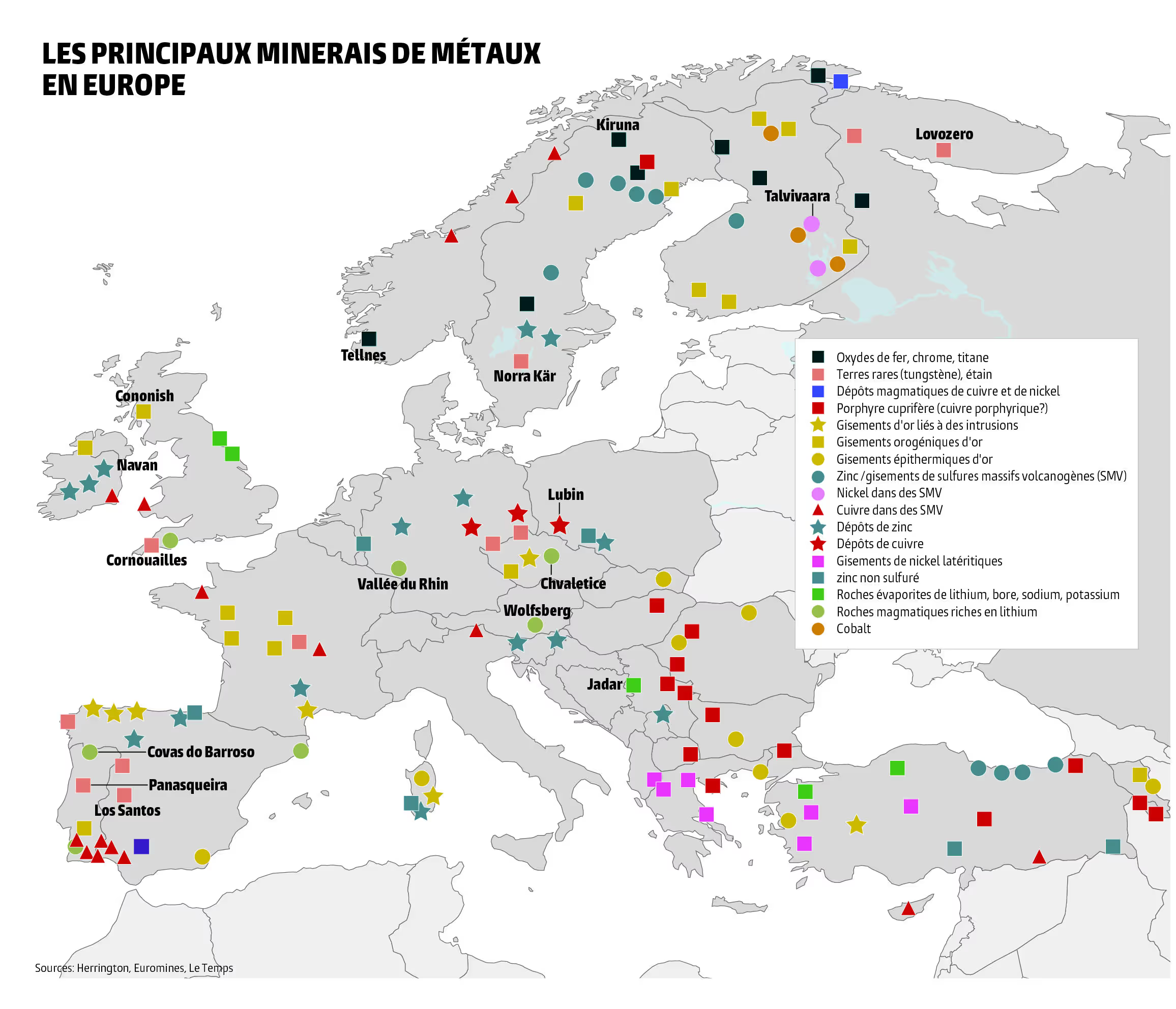Comparison is not right, and scientific reason would like to persuade us otherwise.
I — Robotize the human, humanize the machine
To the great dismay of scientists, human beings are inseparable from an unfortunate tendency to irrationality. Faced with this human imperfection, the technological system adapted by means of the standardization of lifestyles and thoughts. But this ready-to-think does not come out of nowhere: it comes directly from the material organization of existence. Mass consumption, mass entertainment, and alienating work produce the type of individual they need to continue to exist, a type of individual desensitized enough to endure the sum of outrages that we call “daily life.” Any individual whose aspirations would differ slightly from the imperatives of industrial society is therefore marginalized, and his problem must be addressed.
“155. Our society tends to label as a “disease” any thought or behavior that is annoying to the system, which is understood because any maladjusted individual suffers from it himself and poses a problem for the system. Any manipulation of an individual in order to adjust him to the system is therefore perceived as a “treatment” for a “disease”, and therefore as beneficial.”
“162. The system is currently engaged in a desperate struggle to overcome some problems that threaten its survival — the most important of which are those arising from human behavior. If the system manages to control it quickly enough, it will probably survive. [...]”[1]
Since the most sudden changes elicit the strongest reactions, think of humanity as a frog in a pot of warm water, whose temperature rises gradually enough that it does nothing to try to escape. The slower the change takes place, the less likely the reaction is.
Progressive accommodation to our own robotization, that's what we're talking about. This includes imposing the “intelligent” robot in public and private spaces as a recurrent, privileged and even friendly contact. The politely requested service from the voice assistant Alexa and the docile response that follows, the little joke made to Siri, the fact of getting rid of the task of completing research by preferring to question the divine ChatGPT, etc. Perhaps this seems trivial to you, but at the same time that the “intelligent” robot becomes indispensable, we are making ourselves inferior to it.
Again, the writings of Günther Anders on Promethean shame And the Becoming a Machine are of rare clairvoyance. La Promethean shame refers to this state of the human being reduced to imitating the functioning of machines for lack of being able to compete with. However, conforming to the machine means accepting our dehumanization but also the possibility of having to be “improved” to meet the requirements of the techno-industrial system. By the Human engineering, that is to say through the technological modification of humans, the worker who no longer competes with the machine will regain his competitiveness, and the earthling on an unliveable planet will be able to survive without the need for clean air.
II - The confusion of the real and the artificial
As Francis Bacon deplored in his Novum Organum (1620), the human mind that observes nature cannot help but produce “expectations”, that is to say, from putting its own constructions on it to give it meaning. The objectivity of the scientist is therefore condemned to error by this means that it distorts reality. Therefore, correcting this “manufacturing defect” may have seemed to some to be an objective worthy of great effort. It thus emerged that human behavior could be influenced by means of electrical stimulations in certain areas of the brain. From there to hoping to be able to recreate a complex structure similar to that of the brain, there was only one step to go, that of cyberneticians.
It was Norbert Wiener who was the first to theorize this, by founding cybernetics (this multidisciplinary science interested in the transmission of information in the machine and the living being). Wiener's basic postulate was the following: the human nervous system does not reproduce reality, but calculates it; man is a system that assimilates information, thought is his way of processing data, and his brain is a machine made of flesh. The birth of cybernetics marks the end of human natural vision. The end of complex psychology, memory and consciousness is over; the human is nothing more than a circuit, feedback loops and communication nodes. Goodbye imperfect nature, make way for the indisputable logic of mathematics.
By reducing the brain to the state of a communication and information processing system, it was easy to place it on the same theoretical level as the machine. In short, since humans are only the fruit of nerve impulses, the improvement of machines will allow a better understanding of humans, and of living beings. Likewise, Earth has also been brought back to this strict interpretative framework, by being described by Lovelock as a “biological cybernetic system” in which the human would be a simple cog. Rationalizing to control, Bacon could not have hoped for better. Living beings are therefore confronted with an ever growing arsenal of machines, sensors, signals — interconnected. The words of the cybernetician-theologian Bruno Latour sum it up quite well:
“With the multiplication of digital technology, we are finally facing a device that is seriously beginning to resemble a global nervous system. We finally have the means to make concrete, visible and material all the connections that were previously invisible, or that were made in people's heads. [...] We are only at the very beginning of this expansion of a somewhat serious nervous system, which is replacing “paper” information systems, which were in turn slow.”[2]
However, even if the idea is somewhat clearer, concrete examples will certainly be of greater help than a lunar speech. As summarized by Atelier Paysan in its manifesto:
“In recent years, a new stage in the industrialization of agriculture has been emerging: the development of biotechnologies, the promotion of aboveground farms, artificial meat, the acceleration of robotics and the launch of a new national flagship: French Agricultural Tech. This is agriculture “4.0”, the one that wants to support the fourth phase of the development of the Internet, the Internet of Things — machines and products in industry are more and more often in a position to communicate with each other. In agriculture, it is therefore a question of putting electronic sensors everywhere on farms, of using software and artificial intelligence algorithms to automate a whole range of tasks (feeding and caring for animals, for example), of using drones to sow and spray phytosanitary products or to assess the condition of soil and its fertilizer needs, of controlling tractors remotely with the help of satellites. All this is fully consistent with the current general orientation of business circles: to accelerate technological development, if possible in the name of ecology.
Just as the smart city is intended to be a more rational city that limits waste and urban pollution, a large number of robotic innovations in agriculture are presented as solutions to rationalize the use of rare resources or inputs harmful to the environment. [...]
The contradiction is total, the imposture immense. The dependence of farmers who embark in this direction is likely to increase even more on the agro-industrial complex: not content with being held by banks, chemical and seed giants, machine manufacturers, agri-food and distribution juggernauts, they would also be held back by digital tycoons (Google, Amazon, Microsoft, even Ali Baba and Huawei...) and the myriad of smaller capitalist players... that orbit in their orbit.”[3]
III — Some keys against tech-savvy lies
Science combined with industry pretends to advance for the salvation of all, when in reality it is only concerned with increasing its control over everything that surrounds it. Technology purports to provide solutions to the problems it has generated; in doing so, it will always create new ones. Also, so that readers do not let themselves be fooled by the hustle and bustle of tech-loving environmentalists, here is an almost infallible triple reading grid:
- Any environmentalist who brings the problem back to CO emissions2 (statistical view of the problem), claims that it is necessary to “listen to science” and that solutions to environmental problems will be found through scientific and technological innovation is a counter-revolutionary scam (Jancovici, Greta Thunberg, etc.)
- Any environmentalist claiming that we must “change the narrative” without questioning industrial civilization and the technological system is a counter-revolutionary scam (Cyril Dion, Aurélien Barrau, etc.).
- Any ecology that sells Earth as an intelligent system that machines give meaning to is a counter-revolutionary New Age scam playing on the need for spiritual meaning (the Gaïa by Lovelock and the “Terrestrials” by Bruno Latour, the Noosphere by Teilhard de Chardin, etc.).
Whether they are knowingly liars or not is not the question. All parties proceed from the same refusal to look for anything other than a truth that is ready to be swallowed up, and the technological party is no exception.
“— What I call lying: refuse To see something what We see, refuse to see something suchlike we can see it: whether the lie takes place in front of witnesses or without witnesses does nothing to the case. The most common lie is the one by which you lie to yourself: lying to others is, relatively, the exception. — But this refusal to see what you see, or to see it as you see it, it is also, so to speak, the first condition to be met for all those who are of a left, in every sense of the word: the party man necessarily becomes a liar.”[4]
Technology is not an abstraction but something that is completely tangible. Veiling its parasitic nature, it almost succeeds in making us believe that we are the unwanted; yet it is through us that it intends to survive. The problem cannot be the solution: anti-tech resistance is a vital necessity.







